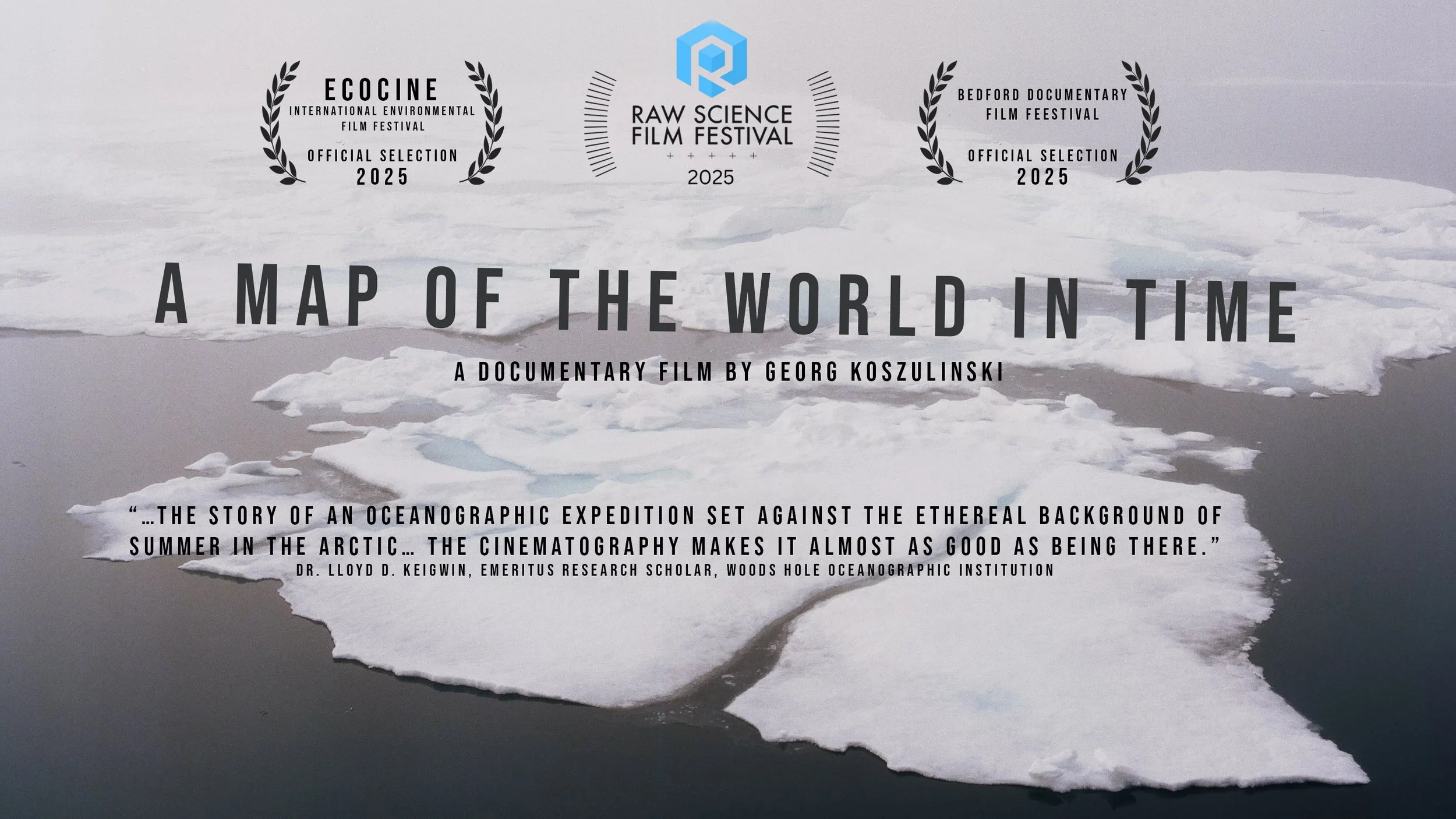A MAP OF THE WORLD IN TIME
Collaborative Documentary Film Practice in A Map of the World in Time
Join director Georg Koszulinski and the scientist-coproducers of A Map of the World in Time to discuss the unique challenges and possibilities while creating this film.
Georg is a multimodal filmmaker who has been creating films and videos since 1999. His work spans a wide range of forms and styles, from feature-length fiction films and social justice documentaries to short form experimental works. Georg’s recent work engages issues of the Anthropocene and explores his hybrid approach to fiction & non-fiction storytelling. His Anthropocene Cycle of films engage the climate crisis in its deep time/historical contexts while also imagining future worlds based on present trajectories. His award-winning works have been presented at hundreds of film festivals, museums, and microcinemas around the world, and his films are available through a variety of distributors and streaming platforms, including Tubi, ProQuest, Docurama, Apple TV, and Amazon Prime.
A Map of the World in Time
Over the course of 34 days at sea deep in the arctic circle, the wages of knowledge are explored. The ship's mariners and scientists reflect on their life at sea, as they attempt to gain a greater understanding of climate change both past and present. Produced with support from the U.S. National Science Foundation and the European Geosciences Union.
"The ocean is magnificent in all its states, and here we have the story of an oceanographic expedition set against the ethereal background of summer in the Arctic. Scientists set out on Research Vessel Neil Armstrong for a 5-week cruise to Baffin Bay to map and sample the seafloor. The science goals are to better understand the climate since the last ice age, and hence, to better understand where we are headed today. However, this movie is not about the details of the science, but about the operations of the ship involving weather, heavy equipment over the side, and in particular, the personalities and interactions among the crew and the scientists. The cinematography makes it almost as good as being there."
Dr. Lloyd D. Keigwin, Emeritus Research Scholar, Woods Hole Oceanographic Institution


